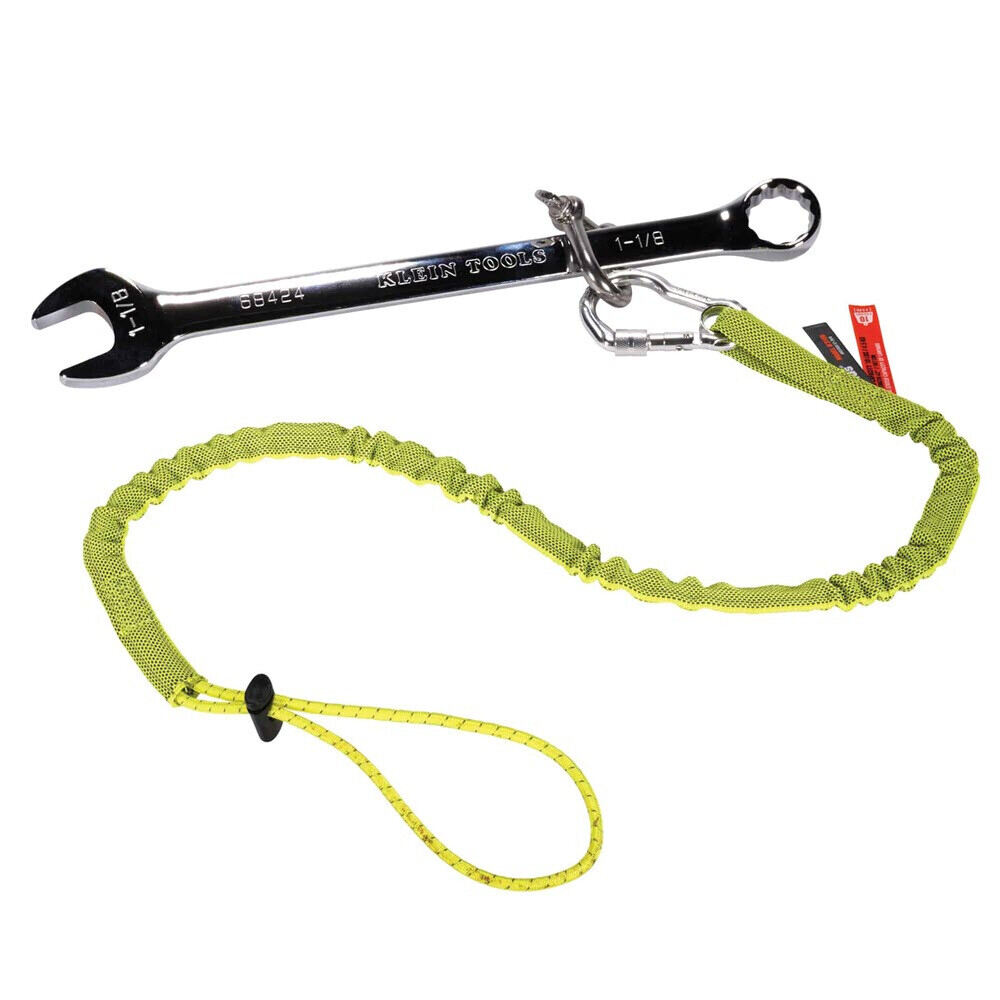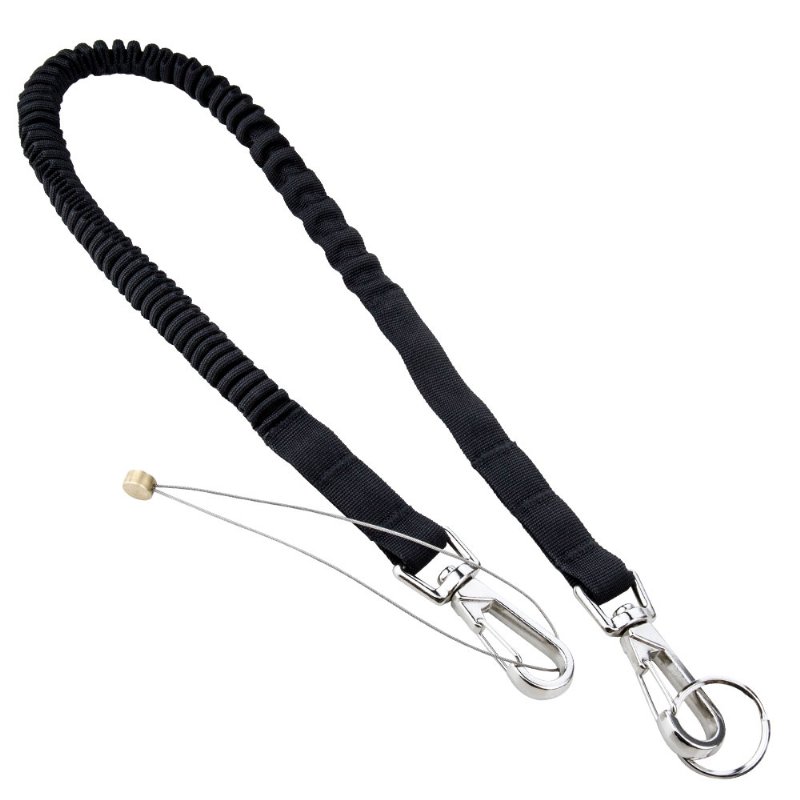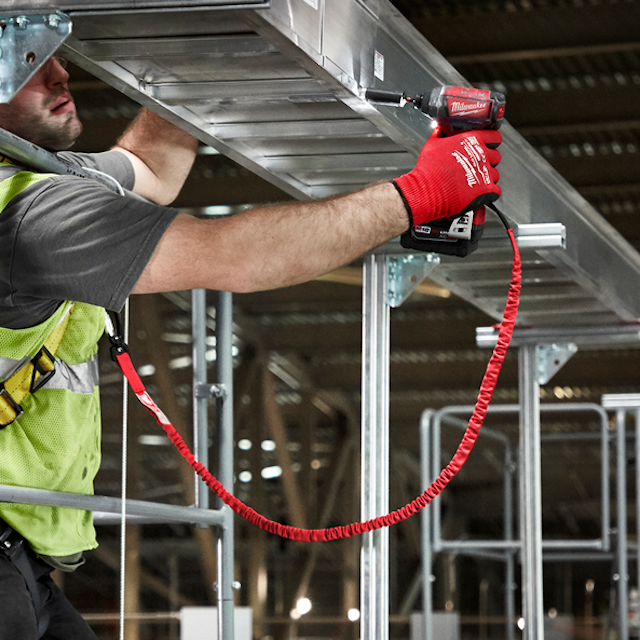Introduction
When it comes to working at heights or in risky environments, safety should always be the top priority. One of the most overlooked aspects of safety in the workplace is the risk of dropped tools. A falling tool not only poses a danger to the worker but also to those working below. This is where locking lanyards come into play. Tool locking lanyards are an essential piece of safety equipment that can prevent accidents and protect both workers and bystanders. In this comprehensive guide, we will explore everything you need to know about locking lanyards, including their benefits, types, and best practices for using them.
Part 1: Understanding Tool Lanyards
Level 1: What are tool locking lanyards?
Tool locking lanyards are safety devices designed to secure tools and prevent them from falling when working at heights or in other potentially hazardous conditions. They are typically made of durable materials such as nylon or polyester and are equipped with a locking mechanism to keep the tool in place.
Level 2: Benefits of using locking lanyards
Using locking lanyards offers a multitude of benefits. Firstly, they prevent injuries and accidents by ensuring that tools are securely attached to the worker at all times. Secondly, they help to maintain a clutter-free work area by keeping tools within reach but out of the way when not in use. Additionally, tool lanyards can also extend the life of tools by reducing the risk of damage from drops.
Part 2: Types of Tool Lanyards
Level 1: Retractable tool lanyards
Retractable locking lanyards are designed to automatically retract the tool back towards the worker after use, reducing the risk of entanglement and keeping the work area organized. They are ideal for tools that need to be used frequently and require a wide range of motion.
Level 2: Non-retractable tool lanyards
Non-retractable tool lanyards are simple in design, consisting of a lanyard that attaches to the worker’s belt or harness and the tool itself. They are suitable for tools that do not require frequent use or a wide range of motion.
Part 3: Choosing the Right Tool Lanyard
Level 1: Factors to consider
When choosing a locking lanyard, there are several factors to take into consideration. These include the weight and size of the tool, the work environment, and the frequency of tool use. It is important to select a lanyard that is compatible with the specific tools and conditions of the job.
Level 2: Common features
Some common features to look for in a tool lanyard include adjustable length, quick-release mechanisms, and shock-absorbing capabilities. These features can enhance the functionality and usability of the lanyard, making it easier and safer to use.
Part 4: Best Practices for Using Tool Lanyards
Level 1: Proper attachment
It is crucial to properly attach the locking lanyard to both the tool and the worker to ensure maximum safety. This may involve using carabiners, quick-release clips, or other attachment methods depending on the type of lanyard and the tool.
Level 2: Regular inspection and maintenance
Regular inspection and maintenance of locking lanyards are essential to ensure their continued effectiveness. This includes checking for signs of wear and tear, fraying, or damage to the lanyard, as well as inspecting the locking mechanisms and attachments for any signs of failure.
Part 5: Benefits of Using Tool Lanyards
Tool lanyards offer several benefits for workers in various industries. One of the primary advantages is increased safety. By securing tools with lanyards, workers can prevent accidental drops and potential injuries to themselves or others. Tool lanyards also help protect the tools from damage, reducing the need for costly replacements.
Additionally, using locking lanyards can improve efficiency and productivity on the job site. Workers can keep their tools within reach at all times, eliminating the need to constantly climb up and down ladders or scaffolding to retrieve dropped tools. This not only saves time but also reduces the risk of accidents caused by reaching for tools in precarious positions.
Furthermore, locking lanyards can help streamline inventory management and reduce the loss of tools. By attaching lanyards to each tool, workers can easily keep track of their equipment and quickly identify any missing items. This can ultimately save time and money for companies by minimizing the need to replace lost tools.
Overall, the use of tool lanyards offers a cost-effective and practical solution for ensuring workplace safety, enhancing productivity, and protecting valuable equipment.
Part 6: Types of Tool Lanyards
There are various types of locking lanyards available to suit different industry needs and specific tool requirements. The most common types include:
- Coil Tool Lanyards: These lanyards are made from a coiled material that can stretch and retract, allowing flexibility and freedom of movement for the worker while keeping the tool securely tethered.
- Retractable Tool Lanyards: These lanyards feature a retractable cord housed in a durable casing, allowing the worker to extend the length of the lanyard when using the tool and retract it for storage.
- Fixed Locking Lanyards: This type of lanyard is non-elastic and provides a secure attachment for tools, preventing them from being dropped or misplaced.
- Adjustable Tool Lanyards: Adjustable lanyards allow workers to customize the length of the lanyard to suit their specific needs, providing versatility and convenience.
Each type of tool lanyard has its unique features and benefits, and the choice of lanyard will depend on the specific tools being used and the working environment.
Part 7: Tips for Choosing and Using Tool Lanyards
When selecting and using locking lanyards, there are several key factors to consider to ensure maximum effectiveness and safety. Here are some tips for choosing and using lanyards:
- Consider the weight and size of the tool: Ensure that the lanyard has a sufficient weight capacity to secure the tool effectively. It should also be the appropriate length for the size of the tool and the work environment.
- Inspect the lanyard regularly: Check the lanyard for any signs of wear and tear, such as fraying or damage to the attachment points. Replace any damaged lanyards immediately.
- Use multiple lanyards for heavier tools: For larger or heavier locking tool, consider using multiple lanyards to provide additional security and prevent accidental drops.
- Train workers on proper lanyard use: Provide workers with training on how to use lanyards correctly, including attaching and detaching locking tools, and maintaining safe working practices.
- Choose the right attachment method: Select the appropriate attachment method for the tool and the worker, whether it’s a carabiner, buckle, or other fastening device.
By considering these tips and selecting the right type of lanyard for the job. Workers can effectively secure their tools and enhance safety and productivity in the workplace.
Conclusion
In conclusion, tool’s lanyards are an invaluable safety tool for anyone working at heights or in hazardous environments. Understanding the different types of lanyards, choosing the right one for the job, and following best practices for use. The workers can significantly reduce the risk of dropped tools and the potential for serious accidents. Investing in quality locking lanyards is not just a matter of compliance; it is a crucial step in creating a safer and more efficient workplace. Whether you are a construction worker, maintenance technician, or industrial worker. And integrating locking lanyards into your safety protocols is a small but significant way to prioritize safety on the job.



